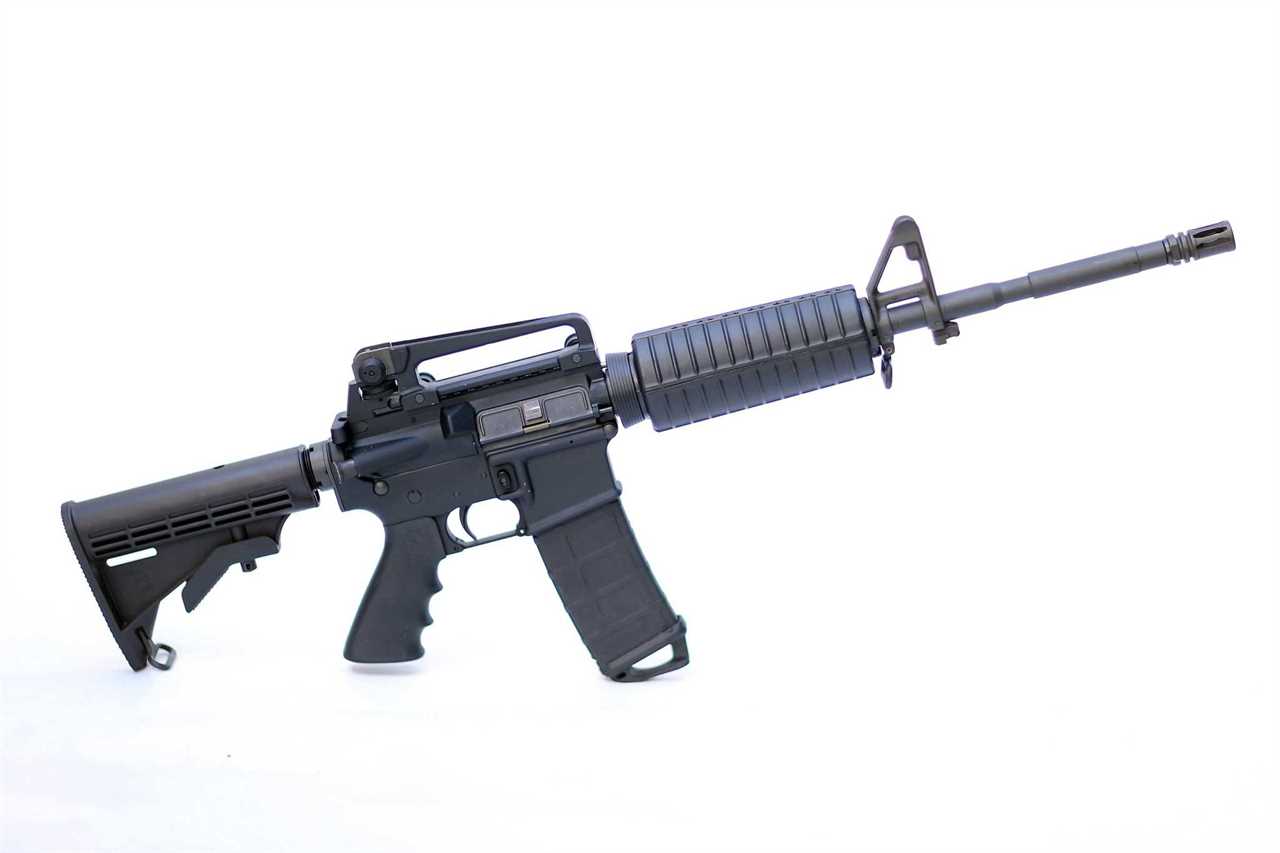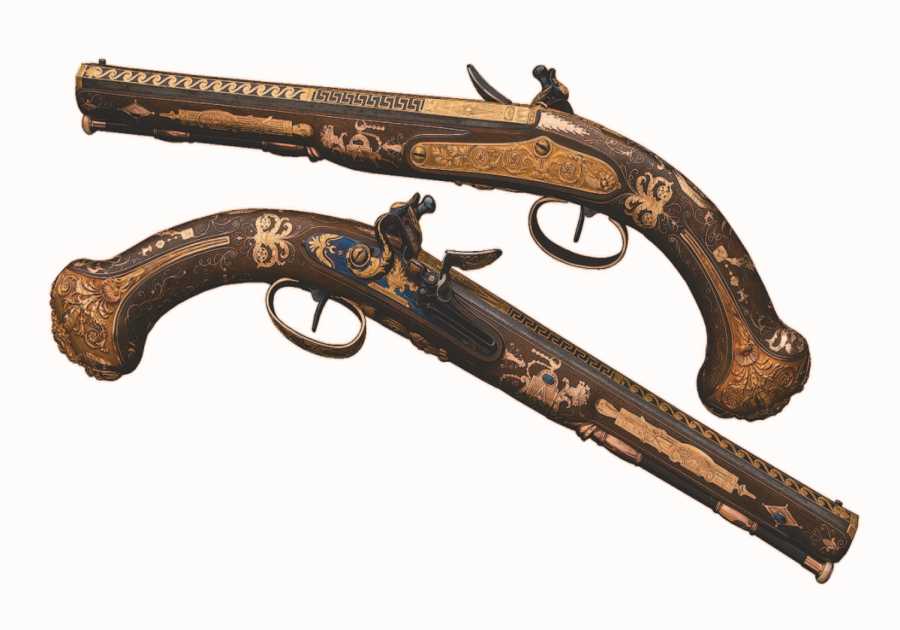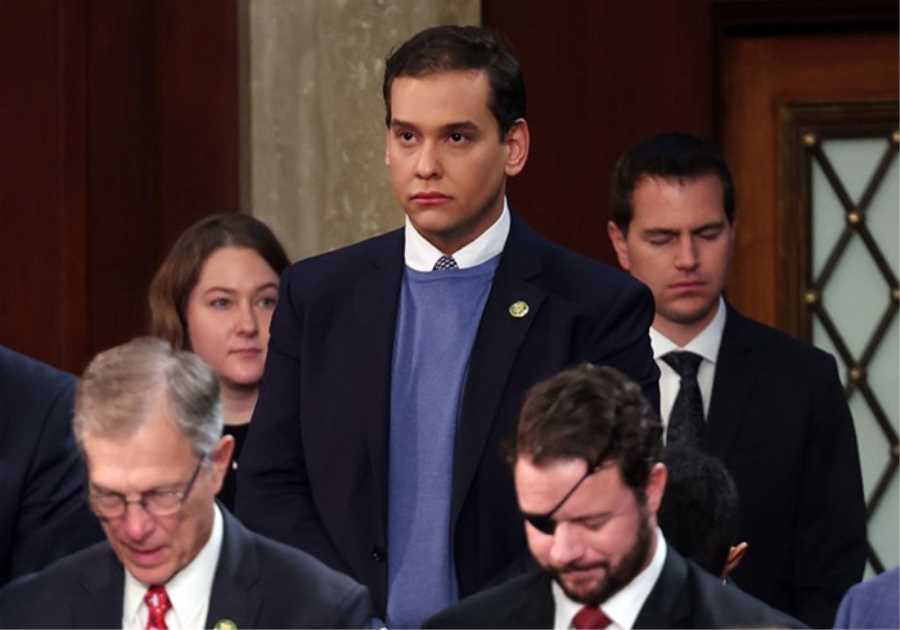
It’s baked into our cultural awareness: The military-style, semi-automatic guns used by young men in Sandy Hook 10 years ago and more recently in Buffalo and Uvalde, Texas, are the scourge behind the mass shooting incidents that plague America.
On the streets in Connecticut and the nation every day, these guns — sometimes called black rifles, or assault rifles — are far less common. But it’s changing?
“They’re starting to pop up quite a bit now,” said James Rovella, commissioner of the state Department of Emergency Services and Public Protection, which includes the state police.
That’s a scary thought considering these lightweight, widely sold weapons – there are more than 20 million in legal circulation in the United States – can fire a round every half-second at three times the velocity of a typical handgun with ammunition designed to inflict maximum damage .
Rovella was the Hartford police chief in 2012, when a heavily armed 20-year-old killed 20 first-graders and six educators in Newtown in the space of a few minutes. Four months later, the state adopted the nation’s strongest gun control law, outlawing the sale of firearms defined as assault rifles and high-capacity ammunition magazines.
“If we saw a couple in Hartford back then, that was a lot,” Rovella told me at a rally for gun violence protection led by his boss, Gov. Ned Lamont, at the state Capitol in Hartford Wednesday. “Now we’re seeing it more and more throughout our cities.”
How much more is an open question, as numbers were not readily available from Rovella’s department or other state or city agencies.
‘Who needs an AR-15?
The good news is, the incidence of AR-15, Sig Sauer MCX and similar military-style firearms remains very low in comparison to the handguns out on the streets — some of which are also high-powered weapons. “In Hartford, I can tell you it’s rare,” said Lt. Aaron Boisvert, who heads both public information and the major crimes unit for the Hartford Police Department.
In March of this year, police seized multiple illegal weapons — including AR-15 variants made as untraceable “ghost guns” — after search warrants were served at Shelton, Waterbury and Wolcott. AR-15 rifles have also been seized in Bridgeport among other places in recent years.
“I haven’t heard here in Bridgeport that they are showing up. I hear it statewide,” Sen. Marilyn Moore, D-Bridgeport, told me Thursday.
Even a tiny number of these firearms in illegal circulation is cause for alarm because of their lethal power. Lamont proposed a bill this year in the General Assembly that would have broadened the definition of assault rifles that can’t be sold in Connecticut — those with an arm brace, a second pistol grip or a built-in magazine that can hold more than 10 rounds, for example.
That measure failed amid strong Republican opposition. But lawmakers did reinstate a dismantled gun-tracing task force at Emergency Services and Public Protection, using $2.5 million in federal pandemic relief money.
And Moore authored a provision, which passed, creating a new Community Gun Violence Intervention and Prevention Program in the state Department of Public Health, which will distribute grant money, among other roles.
“Who needs an AR-15? Who needs that, that’s trying to do anything productive?” Moore asked. She has talked with mothers in Bridgeport who know their children have guns in the house and say, “’Well, he’s trying to protect us’” — which bewilders her. And she has talked to a mother who doesn’t allow her kids’ friends to bring book bags, because that’s where some people hide guns.
A flow of guns despite a CT ban
Everyone believes it’s just a matter of time before the rising trickle becomes a regular flow of these firearms, unless the state continues its vigilance.
“One thing leads to another. It’s almost like dope,” Moore said.
“That’s sort of predictable that this will start happening,” said Mike Lawlor, associate professor of criminal justice at the University of New Haven. He headed criminal justice policy under former Gov. Dannel P. Malloy, When the Sandy Hook tragedy happened and the state passed the firearms law.
It’s predictable because these black rifles have been the hottest selling guns in the business for years, in the states where they remain legal. States such as Connecticut, New York and California ban their sale although loopholes abound as people modify the firearms to meet local laws. The Buffalo shooter, for example, had bought a version in New York that was designed to slip under the rules.
As of two years ago, the National Shooting Sports Foundation, a Newtown-based national group that represents firearms retailers and manufacturers, reported 19.8 million of them in legal circulation, sold as the “modern sporting rifle.”
“That specific weapon was designed to kill as many people as quickly as possible, as accurately as possible,” Lawlor said.
Estimating the CT count
How many are legally in Connecticut? The 2013 law required owners to register their military-style rifles, newly categorized as assault weapons, by the end of that year. In all, owners registered more than 51,000 of the guns. Seven people clocked in with more than 100 of the rifles each.
“And that was just the ones who registered,” Lawlor said.
Based on retail sales records, I estimated at the time there were at least 100,000 and perhaps as many as 350,000 military-style rifles in the state. How many have continued to pour into Connecticut, illegally since 2013, remains a mystery.
At the time, there were about 7 million of the rifles in legal circulation, industry figures showed — up from just a few hundred thousand in 1994 when then-President Bill Clinton ushered in a 10-year ban on the manufacture of military-style rifles for sale in the United States.
“Since the federal ban expired in 2004, the country has been flooded with these guns and it was a deliberate marketing strategy by these companies,” Lawlor said.
Aggressive marketing to young men was the point of dispute in a lawsuit by families of the murdered Sandy Hook victims against Remington, maker of the Bushmaster AR-15 model that the shooter used. Nine of the families reached a deal with Remington in February of this year for $73 million, plus documents that will become public — a landmark settlement based on the Connecticut Unfair Trade Practices law.
Connecticut roots of the AR-15
The AR-15, a type of gun made by many companies, rather than a brand or a model, has its commercial roots in Connecticut.
The gun was designed by engineers at an aviation company in California in the 1950s, to replace the heavy, walnut-and-steel M-1 rifle that bogged down soldiers in World War II. The Army rejected it and Colt Firearms (which has had many variations of the Colt name in its 190-year history) bought the design from the designer, ArmaLite, eventually turning it into the M-16 machine gun and the M-4 carbine, still in production today.
Colt also released a commercial version, semi-automatic — but never worked hard to sell it to the public. By the late 1980s, the gun had found a commercial niche made by other firms, as Colt failed to patent the designs.
The .223 cartridge was designed by Remington, which had a large ammunition factory in Bridgeport.
Since Sandy Hook, Connecticut has lived uncomfortably with its gunmaking roots and many share the disdainful view of Moore and Lawlor when it comes to the AR-15.
Mark Oliva, spokesman for the National Shooting Sports Foundation, pushed back on that. “It’s unfair to paint the law-abiding owners with a broad brush based on the actions of a few criminals,” he said Thursday.
Rovella, the commissioner, would like to see Congress follow the Connecticut model when it comes to all sorts of gun violence prevention, including a ban on sales the black rifles to private citizens.
“Firearms such as AR-15s are so, so dangerous to us,” he told me. “They’re extremely dangerous not only to law enforcement but to every citizen out there because of the velocity of the round, how quickly you can fire this round.”






